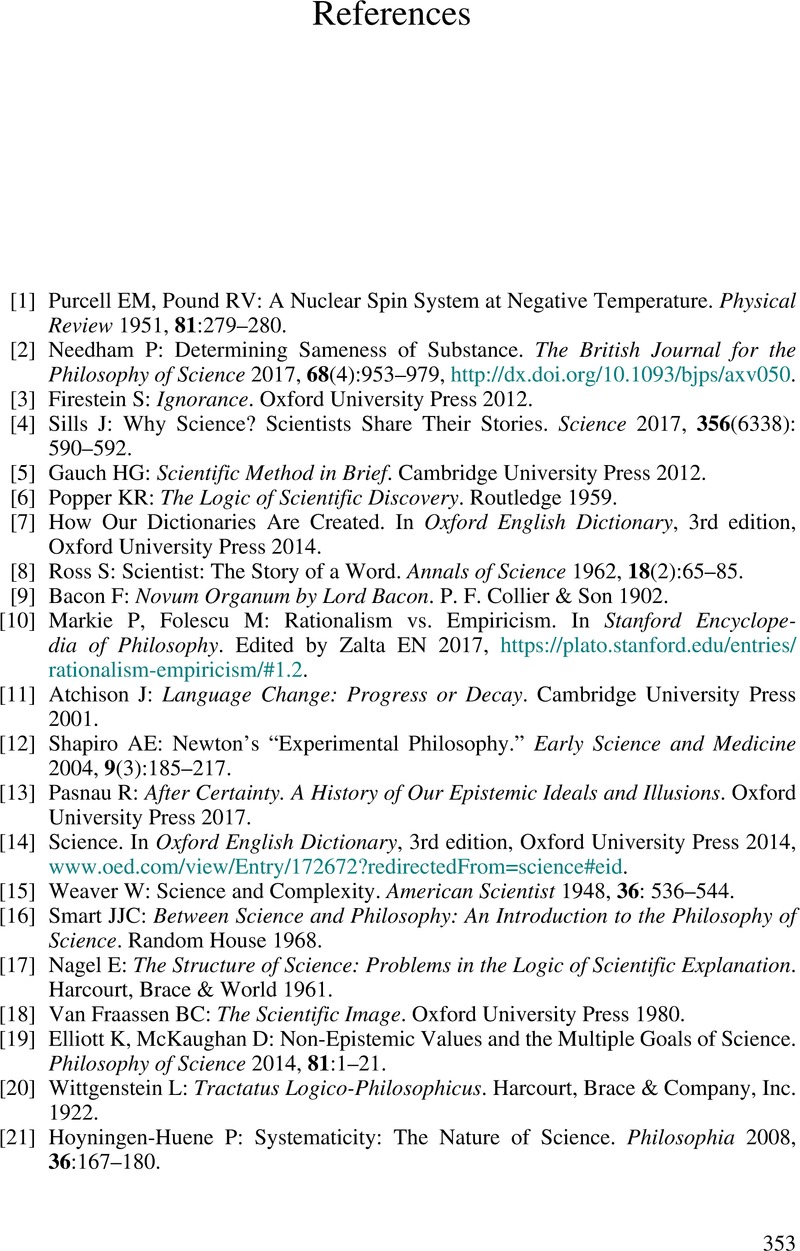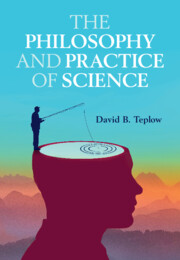Book contents
- Frontmatter
- Dedication
- Dedication
- Contents
- Foreword
- Foreword
- Preface
- Acknowledgments
- 1 Introduction
- 2 Defining Science
- 3 Learning Science
- 4 Development of the Scientific Method: From Papyrus to Petaflops
- 5 Science in Practice
- 6 Science as a Social Endeavor
- 7 Epilogue
- Appendix A: A Simple Question with Profound Implications
- Appendix B: Chaos in the Brickyard
- References
- Index
- References
References
Published online by Cambridge University Press: 17 September 2023
- Frontmatter
- Dedication
- Dedication
- Contents
- Foreword
- Foreword
- Preface
- Acknowledgments
- 1 Introduction
- 2 Defining Science
- 3 Learning Science
- 4 Development of the Scientific Method: From Papyrus to Petaflops
- 5 Science in Practice
- 6 Science as a Social Endeavor
- 7 Epilogue
- Appendix A: A Simple Question with Profound Implications
- Appendix B: Chaos in the Brickyard
- References
- Index
- References
Summary

- Type
- Chapter
- Information
- The Philosophy and Practice of Science , pp. 353 - 386Publisher: Cambridge University PressPrint publication year: 2023

